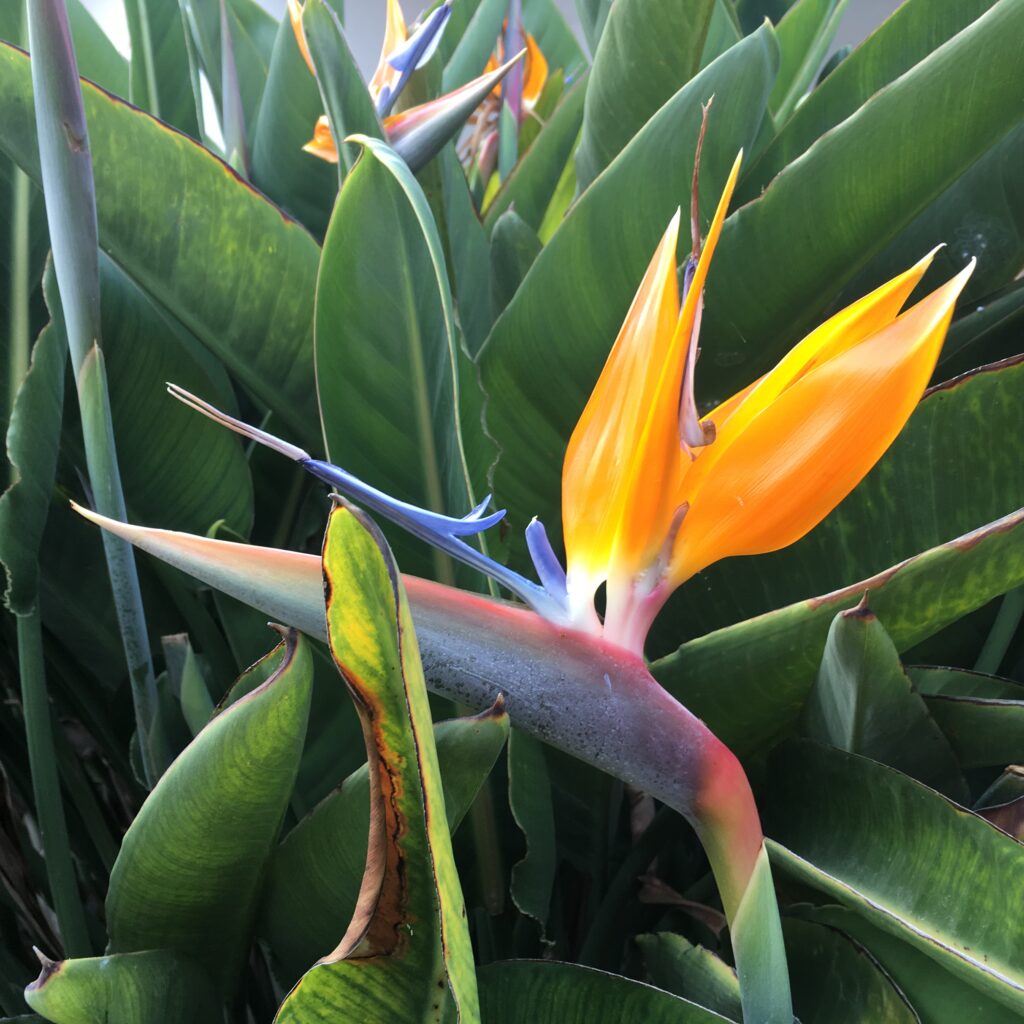One of the great riches of our islands lies in their biodiversity. Despite being a relatively small archipelago, it has a great diversity of living beings. One of the main characteristics of the flora and fauna of the Canary Islands is that, in most cases, they are endemic species. Approximately 15,000 different species have been counted so far.
Endemic fauna of the Canary Islands
We must go back to the origins of the islands to find an explanation for many of the characteristics of our fauna. Given existing separation of the Canary Islands from the mainland, many of the species that coexist in the archipelago are endemic and their diversity is due in part to the climatic and landscape varieties of our islands. The large presence of cetaceans in our waters is worth mentioning, although most of the endemic animal species are birds and reptiles.
Among some of the most characteristic species of the fauna that is endemic to the Canary Islands is the giant lizard. There are several types of giant lizards, some are already extinct, others are endangered species, as is the case of the giant lizard of La Gomera, and finally the most abundant is the giant lizard of Gran Canaria. Its length reaches up to 80 centimetres, and it is the largest in the archipelago.
Marine fauna of the Canary Islands
The archipelago has at least 500 types of fish, 80 types of mammals and 5 species of marine reptiles. Some of the best-known species are fish such as the vieja, stone bass or moray eels, in addition to algae, plants and many more.
It is also very common to find and be able to see other marine species such as:
- Bottlenose dolphin. Dark grey in colour, it can often be found in the depths of the Canary Islands.
- Pilot whales. There are 500 specimens in total between the waters of La Gomera and Tenerife.
- Loggerhead turtle. This large turtle has the largest hard shell in the world. It is now an endangered species and is often in the Canary Islands due to its warm waters.
- Mosquitofish. It is a small freshwater fish but was introduced in some areas of the European continent. It is small, robust and has a broad, rounded tail.
It should also be noted that the Tenerife-La Gomera Marine Area became in 2021 the first certified pilot whale heritage enclave in Europe, an outstanding destination for whale watching.
Endemic flora of the Canary Islands
The origin of the flora that is endemic to the Canary Islands is in the European subtropical flora at the end of the Tertiary Era. In one part of the archipelago, laurel and Canary Island pine forests can be found due to the influence of the trade winds, as is the case of La Gomera. Other islands further east, influenced by the Sahara, have semi-desert ecosystems.
The Canary Islands’ climate and terrain have made its endemic flora have very special characteristics, favouring vegetation areas such as the xerophytic area, the thermophilic forest, the humid forest, the laurel forest, fayal-brezal, the pine forest and high mountain vegetation.
Travelling to the Canary Islands means enjoying and discovering nature with all five senses. The magical island of La Gomera is the ideal destination to connect with wildlife and, if you also want to relax surrounded by nature, we will be waiting for you at Hotel Jardín Tecina in our idyllic setting, within a botanical garden that has over 50 different plant species.
Would you like to come and see them for yourself?

